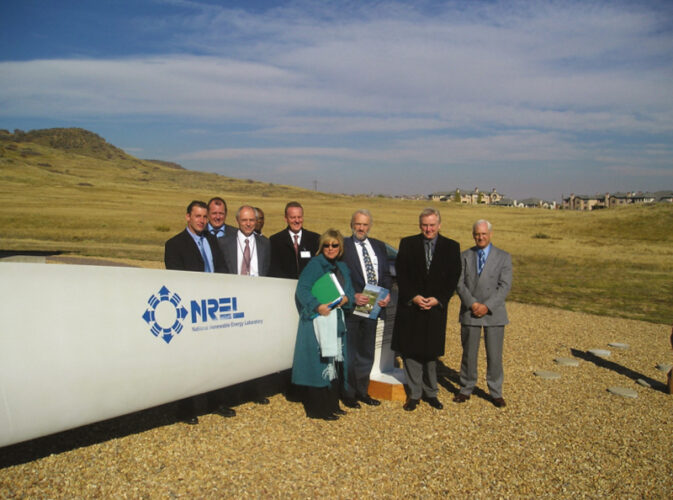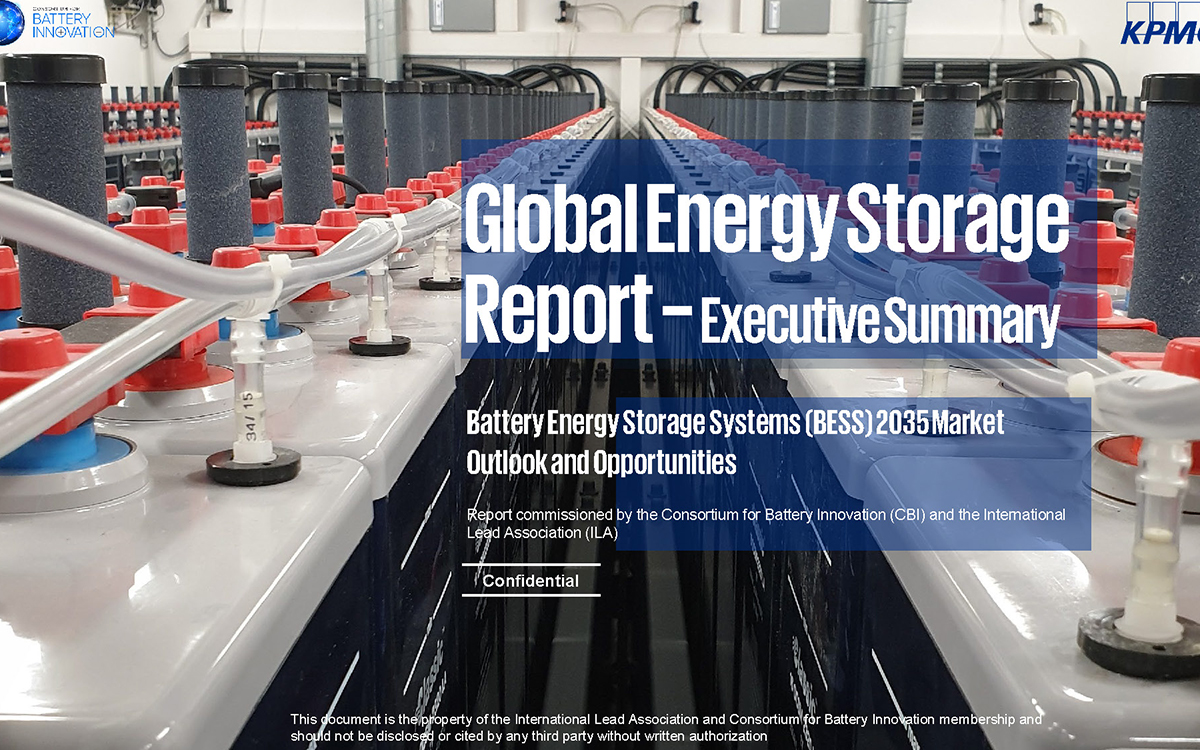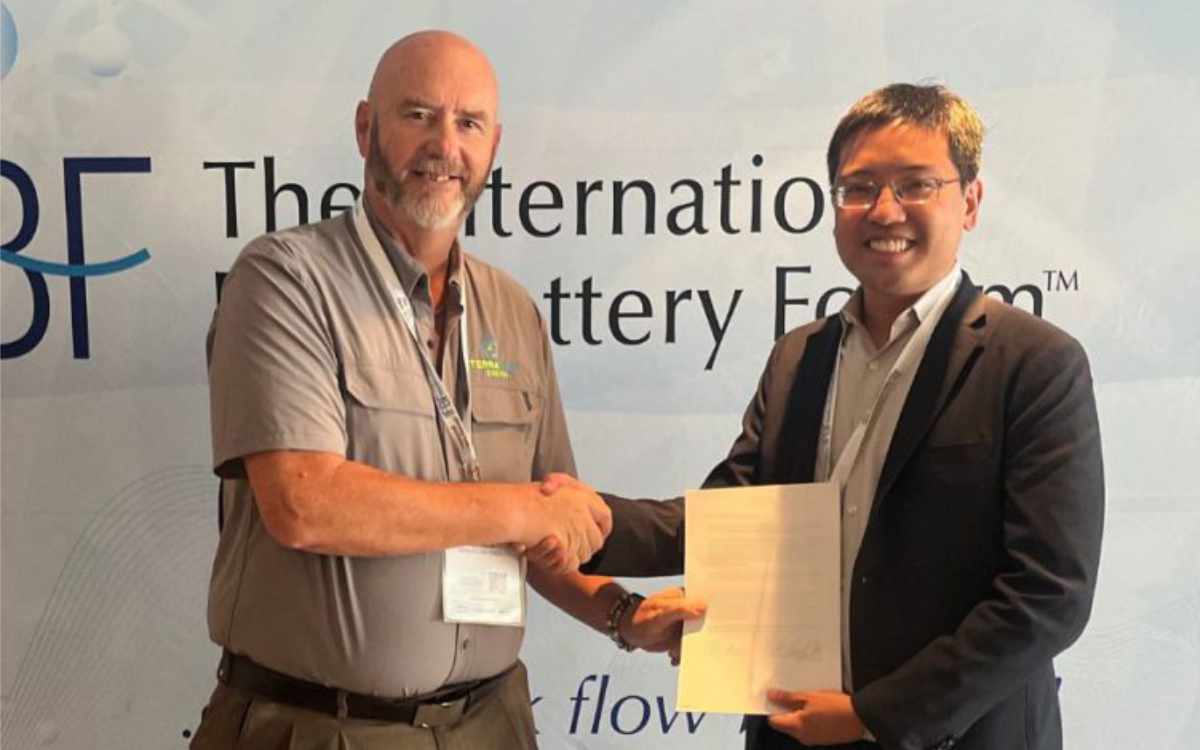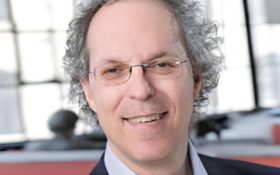They were warned it would be tiring – a UK Government-funded rocket-powered trip around the latest US energy storage activity. Bob Bailey, secretary to the International Power Sources Symposium committee, reports.
The pursuit of an all-embracing elixir for electrochemical energy storage was the quest that drove seven UK scientists to embark on a ten-day mission to the USA during November 2004.
As if under the cover of the US election hype, a small team – led by Professor John Turner of London South Bank University, co-ordinated by International Power Sources Symposium (IPSS) and . . .
to continue reading this article...
Sign up to any Premium subscription to continue reading
To read this article, and get access to all the Premium content on bestmag.co.uk, sign up for a Premium subscription.
view subscription optionsAlready Subscribed? Log In












